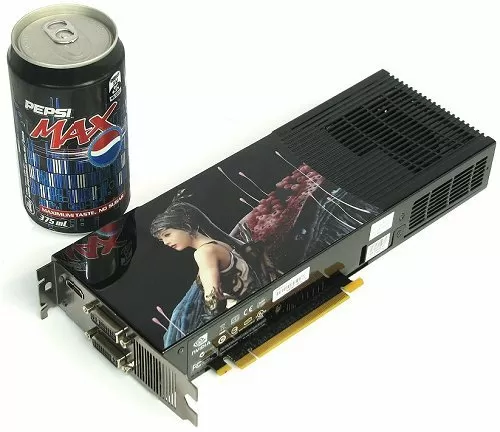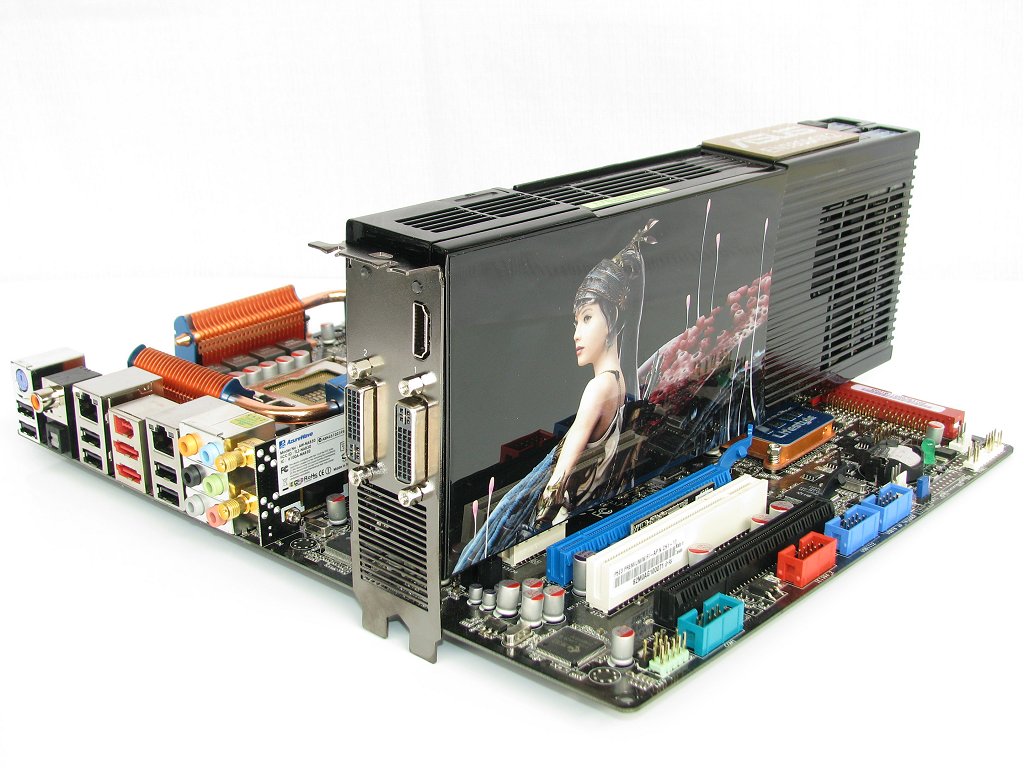By now we can safely say that 400 million dollars later, the G80 architecture was good to Nvidia. First released in November 2006 in the form of the still quite capable GeForce 8800 GTX, this then new graphics architecture set an industry benchmark that was not met by ATI until very recently.
The biggest problem Nvidia had with the GeForce 8800 initially was its grossly expensive manufacture cost, which ultimately was passed on to the consumer, or at least those that could afford them. Eventually however, less speedy but cheaper cards went into the market and practically dominated the scene throughout 2007. It wasn't until very late in the year when the Radeon HD 3800 series appeared, and finally challenge the GeForce albeit only those cards in the mainstream $200-300 target.

As we entered 2008, Nvidia remained tight lipped about a true next-generation product that could push the performance envelope further. At the same time we were expecting AMD to hold its promise about a dual-GPU solution based on the Radeon HD 3800 that unlike conventional multi-GPU technology, would not require a Crossfire-compatible motherboard to work, and would become a real contender in the high-end graphics market.
We admitted being somewhat skeptical about the Radeon HD 3870 X2 when we were presented with the idea on paper. The single-card implementation of Crossfire could have easily transformed into big product delays and an overall less appealing product down the line. But AMD proved itself this time, successfully launching the Radeon HD 3870 X2 on schedule, and perhaps even more important than that, having actual products on retail shelves immediately.
The performance of the Radeon HD 3870 X2 was more solid than we initially expected, as it delivered very similar performance to a Crossfire Radeon HD 3870 setup. The advantage being that the 3870 X2 costs slightly less at ~$450, and it will work on virtually any motherboard with a PCI Express x16 slot. Having snatched the performance crown away from Nvidia, we quickly declared the Radeon HD 3870 X2 a success!
As you can imagine, it wasn't on Nvidia's plans to sit back and watch ATI reign supreme with their new dual-GPU graphics card, not when they had so many impressive 65nm GPUs that could share the same PCB.
If the Radeon HD 3870 X2 is essentially two Radeon HD 3870 GPUs put together on the same PCB, then it is safe to say that the new GeForce 9800 GX2 is no different, with two GeForce 8800 GTS 512 GPUs slapped together on a single PCB.
What ATI should find scary about this is that the GeForce 8800 GTS 512 is significantly faster than the Radeon HD 3870, and so that gives us a good starting point to start analyzing the GeForce 9800 GX2...
